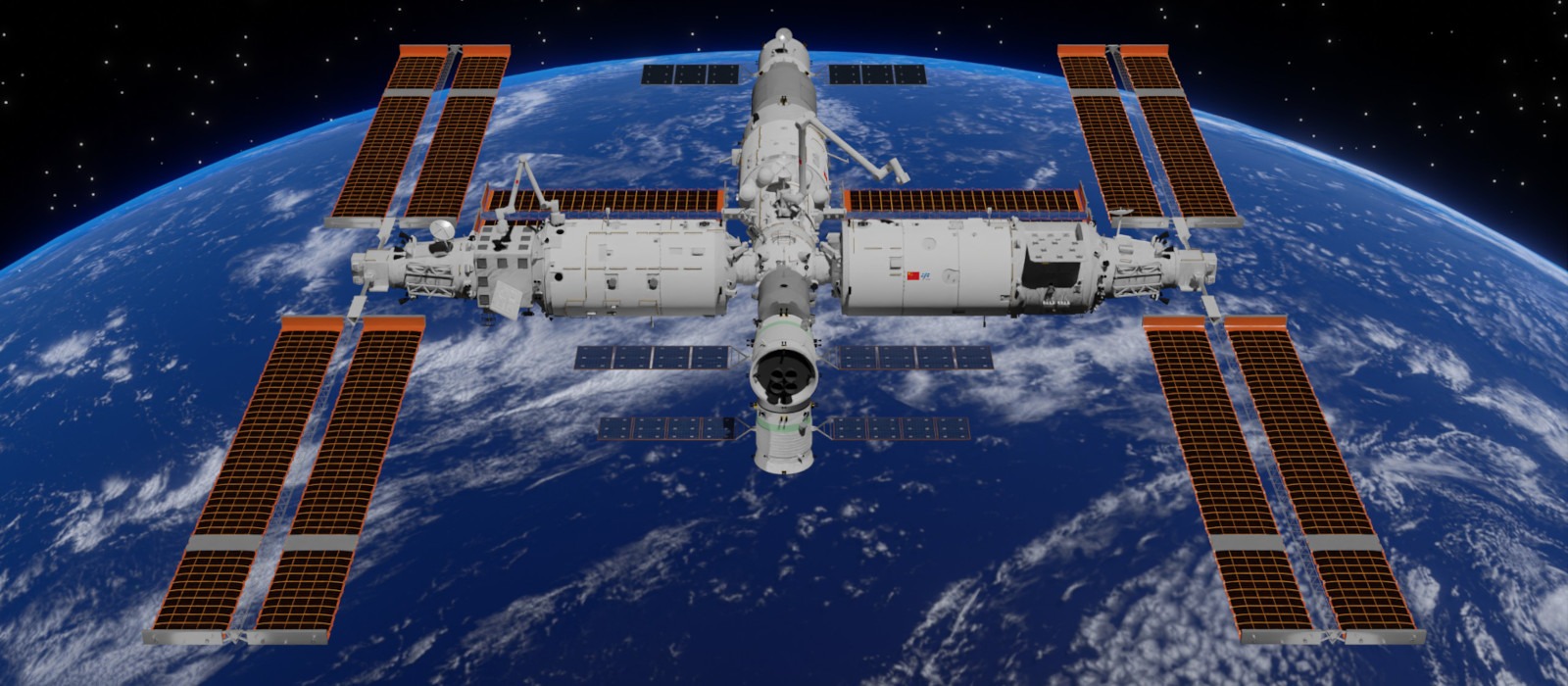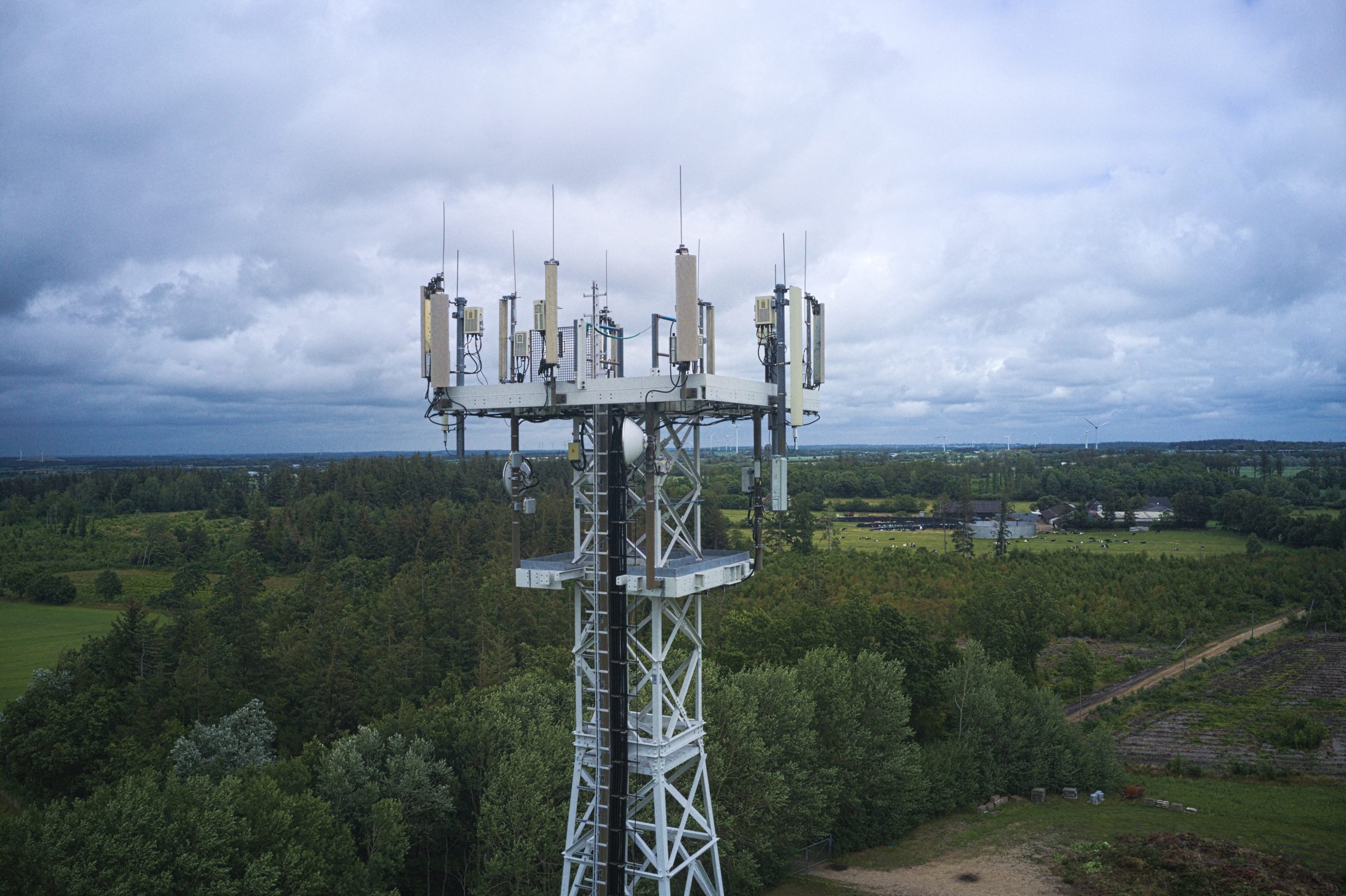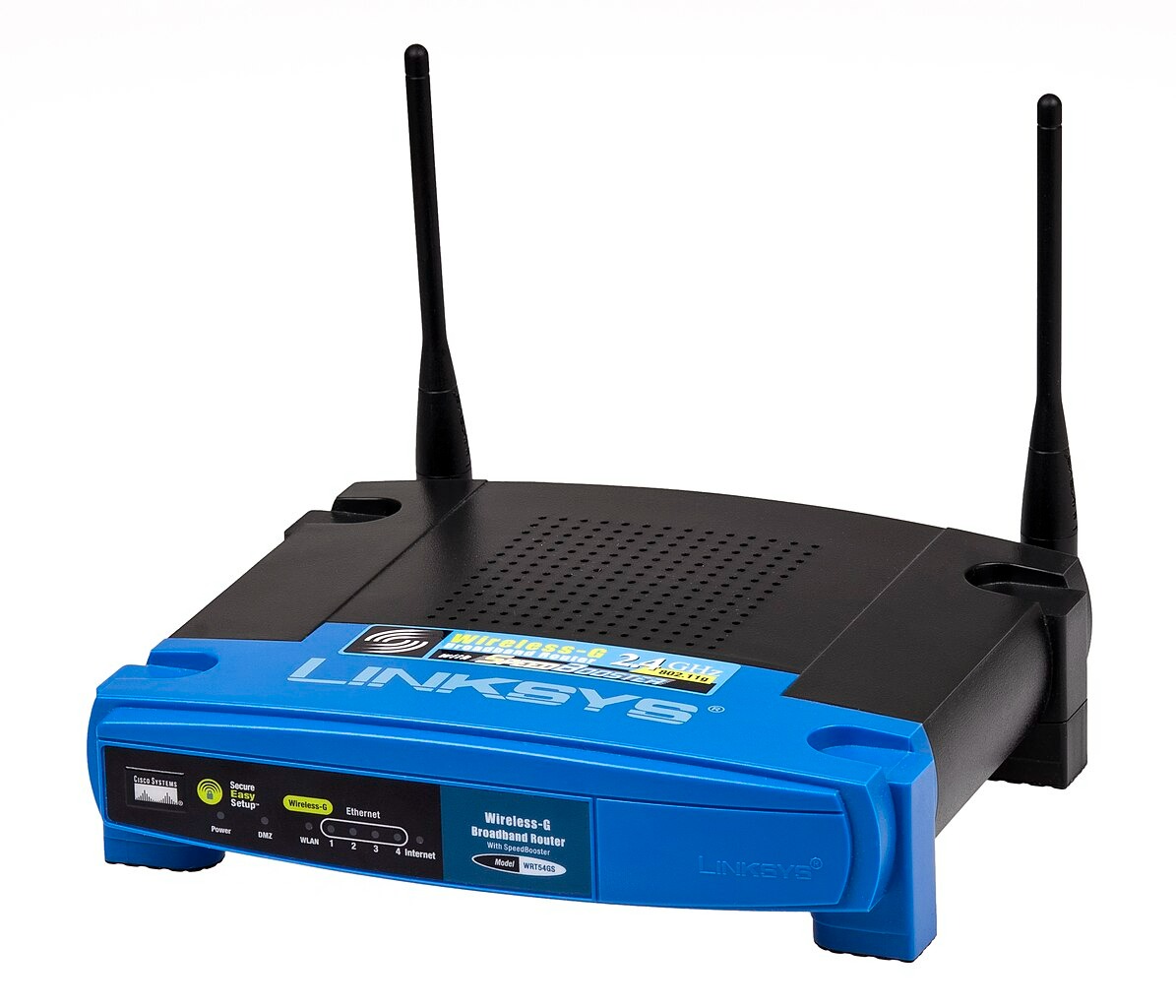Scientists are launching tumors into space to crack the code of personalized cancer therapy—and the results might change how your oncologist picks your treatment.
Your oncologist’s treatment recommendations currently involve educated guesswork. Will chemotherapy shrink your tumor or just make you miserable while cancer spreads? Encapsulate, a biotech startup, thinks the answer lies 250 miles above Earth.
The company’s “tumor-on-a-chip” system grows miniature versions of patient tumors aboard the International Space Station. Without gravity’s downward pull, cancer cells assemble into three-dimensional clusters that supposedly mirror human tumor architecture better than the flat petri dish cultures used in most cancer research.
“It’s an observation of what would work the best on the tumor,” explains CEO Armin Rad—though COO Leila Daneshmandi admits they’re still figuring out exactly how space conditions affect treatment outcomes.
The process sounds like science fiction but operates with Netflix-level automation. Astronauts insert a pre-programmed device, then ground controllers remotely monitor how patient-derived microtumors respond to different drugs. No complex lab work required at 17,500 miles per hour.
NASA awarded Encapsulate $3.63 million, with the National Science Foundation adding another $1.25 million, to test tissue from up to 200 patients alongside major cancer centers including UConn Health, Moffitt Cancer Center, and Memorial Sloan Kettering. Early results suggest space-grown tumors exhibit different drug sensitivities than their Earth-bound counterparts.
The bigger question remains: Can space findings translate into better treatment decisions for patients dealing with real tumors in real bodies subject to real gravity?
If validated, this approach could transform cancer care from trial-and-error treatment selection into precision-guided therapy. Your future oncologist might simulate your tumor’s drug response before you ever step foot in a chemotherapy suite—assuming the technology proves itself beyond the weightless confines of orbit.






























